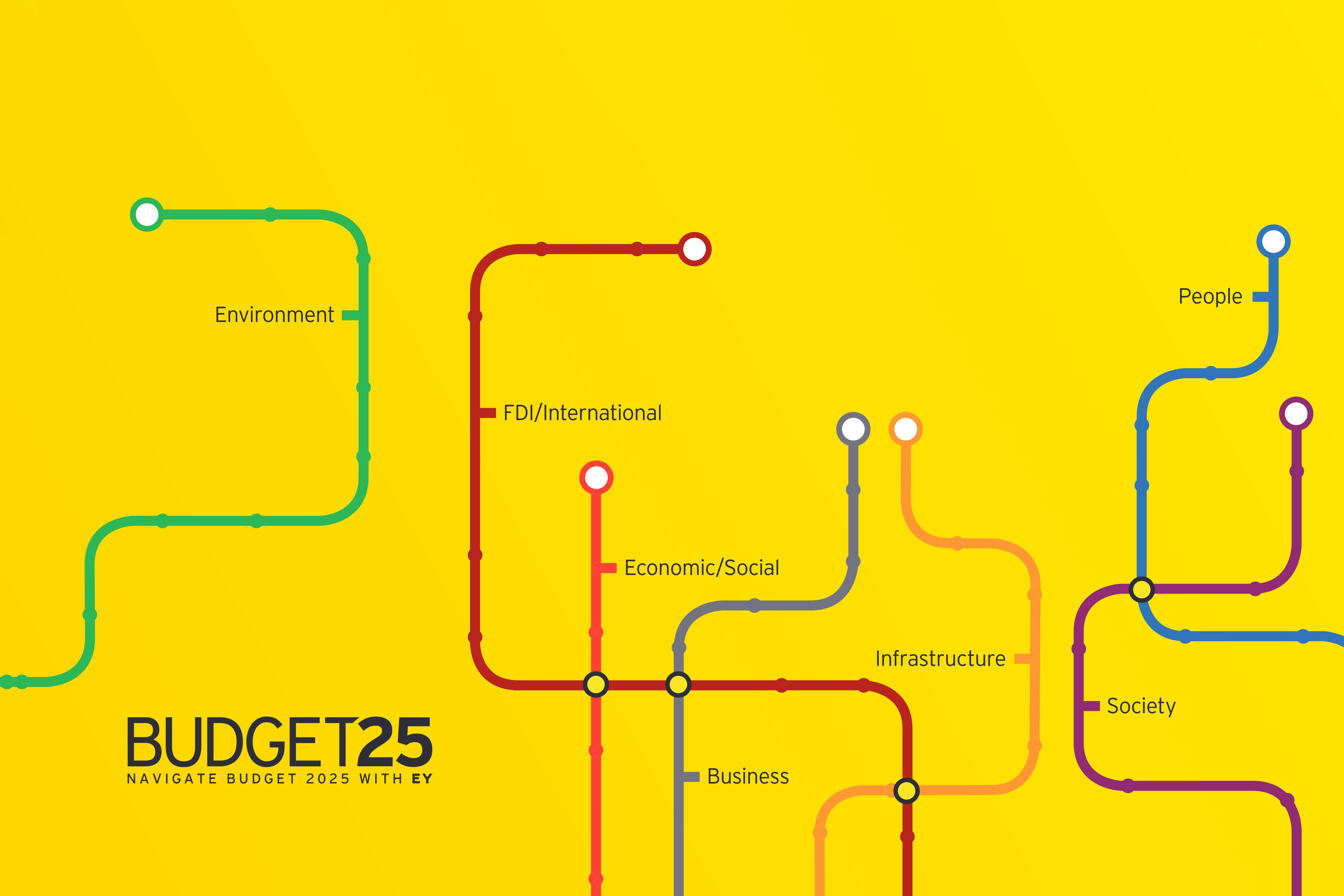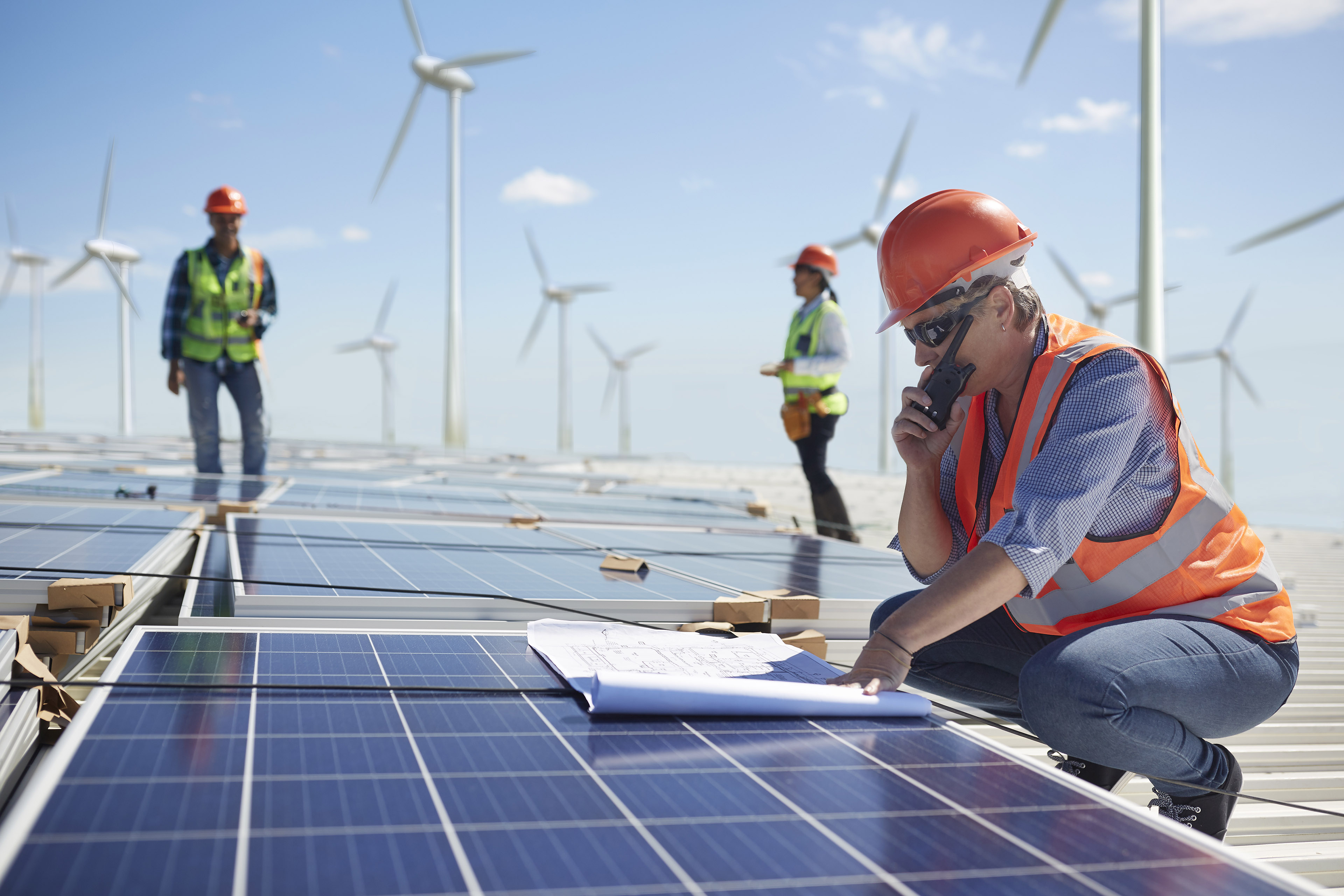EY refers to the global organization, and may refer to one or more, of the member firms of Ernst & Young Global Limited, each of which is a separate legal entity. Ernst & Young Global Limited, a UK company limited by guarantee, does not provide services to clients.

EY Ireland’s Real Estate Borrower Outlook Survey provides insights into organisations preferable lender options and the significance of sustainable financing.
In brief
- Despite economic headwinds, the borrowing outlook within the Irish real estate sector looks cautiously optimistic.
- The increasing prominence of sustainability is changing attitudes to real estate.
In the aftermath of the pandemic, an increased volatility across the economy, geo-political tensions, and environmental pressures, all eyes are on the real estate sector and the impact these headwinds will have on its key stakeholders.
EY Ireland’s Real Estate Borrowers Outlook survey highlights the mood of real estate borrowers and their outlook for the industry over the next 12 months, surveying developers and investors across the residential, commercial, and industrial segments of Ireland.
Sectoral pressures
Sentiment across the various sectors was mixed given the various elements at play and the specific way in which these are impacting each sub-segment.
Residential: Developers are relatively positive about the market over the coming 12 months given the underlying demand dynamic. The majority welcome the role played by the Land Development Agency (“LDA”) and other state interventions, marking a shift in cycle from private to public supported delivery. Despite this they continued to express a concern on the long-standing inefficiencies in the planning system and utilities delivery citing these issues as the greatest restricting factors for the delivery of new units.
Industrial: Logistics owners also express an upbeat outlook with regards to valuations over the next 12 months.
Commercial: There was a striking contrast between sub-sectors with hospitality owners’ particularity positive with the vast majority expecting valuations to continue to rise. At the other end of the scale was the office market, which is being impacted by cyclical and structural changes, higher interest rates, hybrid working, obsolescence, increasing sustainability targets and a hiring slowdown in some sectors.
The key themes emerging from the survey were the availability of the capital and the ever-increasing importance of Environmental, Sustainable & Governance (“ESG”) measures for all stakeholders.
Diversity of Capital Solutions
75% of real estate companies surveyed in the Irish market have a funding requirement in the coming year and the availability of debt financing is a concern for 30% of this cohort.
While the domestic bank market has shrunk over the past number of years with the departure of several banks there has been a significant increase in the number of domestic and international debt funds servicing the sector. The increase in debt funds has seen a corresponding increase in product offerings across the capital stack from traditional senior debt to quasi-equity instruments.
In a real estate market that is experiencing decreasing asset values across certain sectors access to mezzanine financing and quasi-equity solutions will play an integral part in filling funding gaps in new financings or refinancings. Indeed, both domestically and internationally we are seeing a diversification of capital structure.
As investors have acclimatised to the revised economic environment of "higher for longer" borrowing costs and the implications for values, we have seen, and been working on, a variety of innovative capital structures being used to recapitalise and acquire assets.
Over the past 18 months lender appetite has tightened and in general, leverage and gearing levels have contracted, while margins have increased to cater to the risk profile
Ever increasing importance of sustainability
An increasingly important condition attaching to the provision of capital is borrower’s ESG plans, with 60% of respondents already implementing a sustainability plan.
One of the core objectives of EU climate policy is the redirection of capital flows. As such, banks and other lenders are being increasingly influenced by rules and regulations which in time will make it significantly harder and more expensive to lend to businesses and sectors that are seen as unsustainable. Likewise, these rules will make it cheaper and easier to lend to enterprises that are putting sustainability at the core of what they do.
This focus has led many of the lenders integrating sustainability provisions into existing lending practices. In terms of lender criteria there is no one size fits all approach when assessing eligibility for sustainable financing products however the environmental factors generally under focus in commercial real estate are the property's carbon footprint, energy consumption, water usage and waste management. Currently there is no universally agreed standard for what constitutes a green building however there are numerous standards and certifications which can help benchmark greenness for both new and refurbishment projects including but not limited to BREEAM, GRESB, LEED.
To reduce emissions and in meeting the net zero 2050 climate targets, emission reductions will need to be achieved in respect of both new and existing buildings. Green or greener buildings have the potential to make a substantial contribution to these targets and the refurbishment of older assets to enhance their sustainability credentials will also play a part.
Real estate financing is key to the ESG agenda, with green and transitioning assets favoured over brown assets given superior performance yields and concerns over latent and stranded assets. With the regulatory and legislative agenda pivoting capital to the low carbon economy, access to capital for the real estate sector will be heavily dependent on achieving the relevant sustainability metrics given its oversized carbon footprint.
As the deadline for net zero draws closer, borrowers who ensure their sustainability objectives are set within their overarching strategy will position themselves advantageously with capital providers, while providing a clear strategy for new projects and existing portfolio assets will be key to securing funding too.
In addition to the positive environmental impacts the benefits of a sustainability strategy are multi-faceted - green assets are more marketable, attract higher quality tenants, improve tenant retention, and have lower operating costs. These characteristics generally lead to higher valuations.
Summary
The overarching theme from our conversations is one of cautious optimism, an acknowledgement of the challenges within the sector and a willingness to proactively address them. Given the current market conditions a well thought out funding strategy is essential to achieving a successful debt raise. How borrowers position themselves and knowing the relevant capital providers to approach is key.
Contributors
Fergal O’Reilly, EY Partner, Real Estate Corporate Finance
Sean MacHale, EY Partner - Sustainable Finance, Head of FSO Climate Change & Sustainability Services



